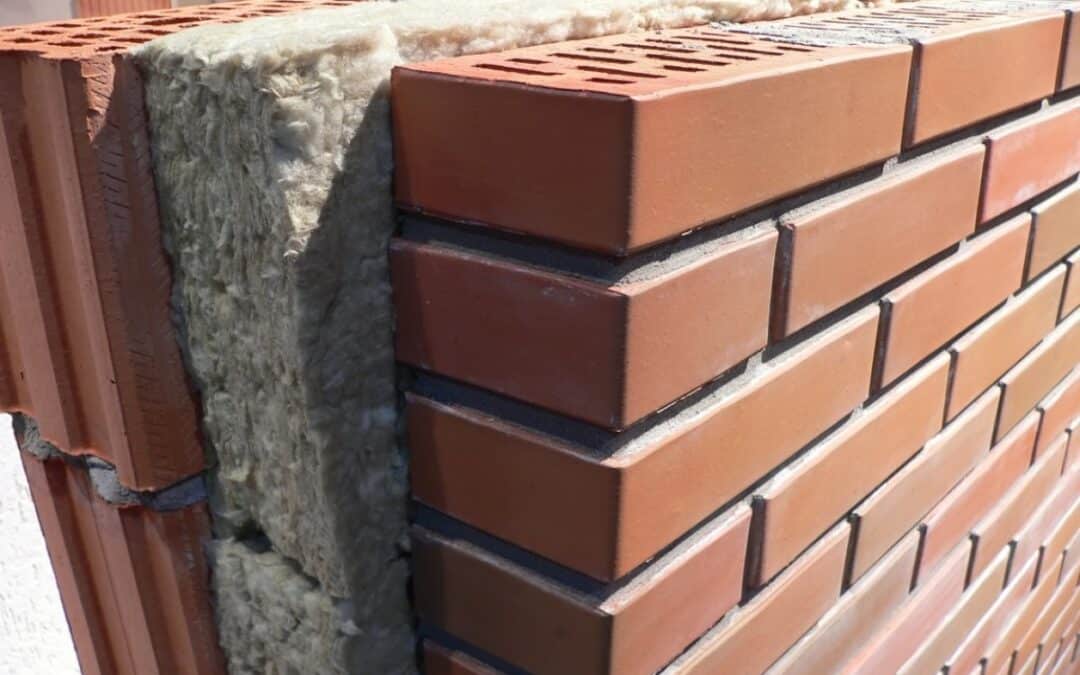Insulating brick walls is a crucial step towards creating a well-regulated and energy-efficient living space. The thermal properties of brick, while advantageous in some aspects, can pose challenges in maintaining a comfortable indoor environment. In this comprehensive guide, we will explore various insulation methods tailored to brick walls, offering solutions to enhance energy efficiency, reduce heat loss, and create a cozy home.
Understanding the Unique Challenges of Brick Walls:
Brick walls, renowned for their durability and aesthetic appeal, have inherent thermal conductivity. To overcome this challenge, a strategic approach to insulation is essential.
Exterior Insulation Solutions:
Insulating the exterior of brick walls provides a protective layer against the elements. Consider these effective methods:
- Rigid Foam Insulation: Install rigid foam boards directly onto the exterior surface of the brick. This method provides a continuous insulation layer, reducing thermal bridging.
- Spray Foam Insulation: The versatility of spray foam allows it to conform to the irregularities of brick surfaces, creating a seamless and effective insulation barrier.
- Insulated Siding: Enhance insulation while upgrading the exterior appearance by installing insulated siding panels. This method adds an extra layer of protection against heat transfer.
Interior Insulation Approaches:
When external insulation is not feasible, focus on internal solutions to create a thermal barrier:
- Fiberglass or Cellulose Insulation: Fill the wall cavities with fiberglass or cellulose insulation to impede heat transfer. This method is effective for both new construction and retrofitting existing brick structures.
- Insulated Drywall: Opt for drywall with integrated insulation to simplify the insulation and finishing processes for interior walls.
Cavity Wall Insulation Techniques:
For homes with hollow brick walls, consider cavity wall insulation options:
- Blown-In Insulation: Introduce loose-fill insulation into the wall cavities to create a uniform barrier, preventing heat from escaping.
- Injection Foam Insulation: Inject expanding foam into the wall cavities, providing an airtight seal and enhancing thermal performance.
Addressing Gaps and Cracks:
The mortar joints and potential gaps in brick walls can lead to air infiltration. Seal these openings using appropriate materials such as caulk or expanding foam to minimize heat loss.
Moisture Management:
Insulation should also address moisture concerns. Incorporate vapor barriers to control moisture levels, preventing potential issues like mold or mildew in insulated walls.
Professional Consultation:
Seeking advice from an experienced insulation contractor is invaluable. They can assess the specific characteristics of your brick walls and recommend the most suitable insulation methods, ensuring optimal performance.
Regular Maintenance Practices:
Periodic inspections and maintenance of the insulation are crucial for sustained effectiveness. Promptly address any issues to preserve the integrity of the insulation and its thermal properties.
Conclusion:
Effectively insulating brick walls requires a thoughtful combination of exterior and interior methods, considering the unique characteristics of this building material. By implementing these strategies, you can create a well-insulated home, ensuring energy efficiency, reducing utility costs, and fostering a comfortable indoor environment for years to come.

